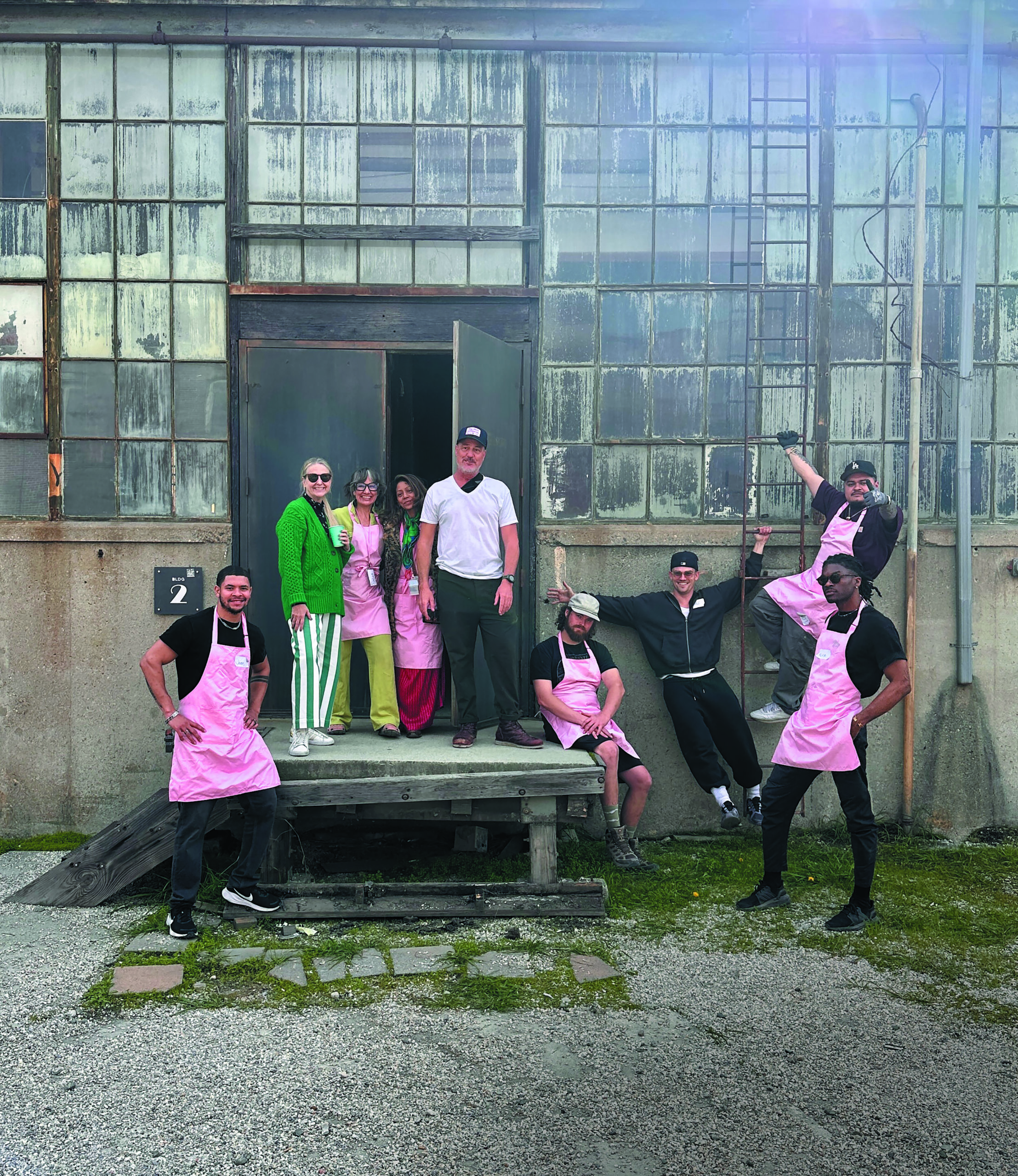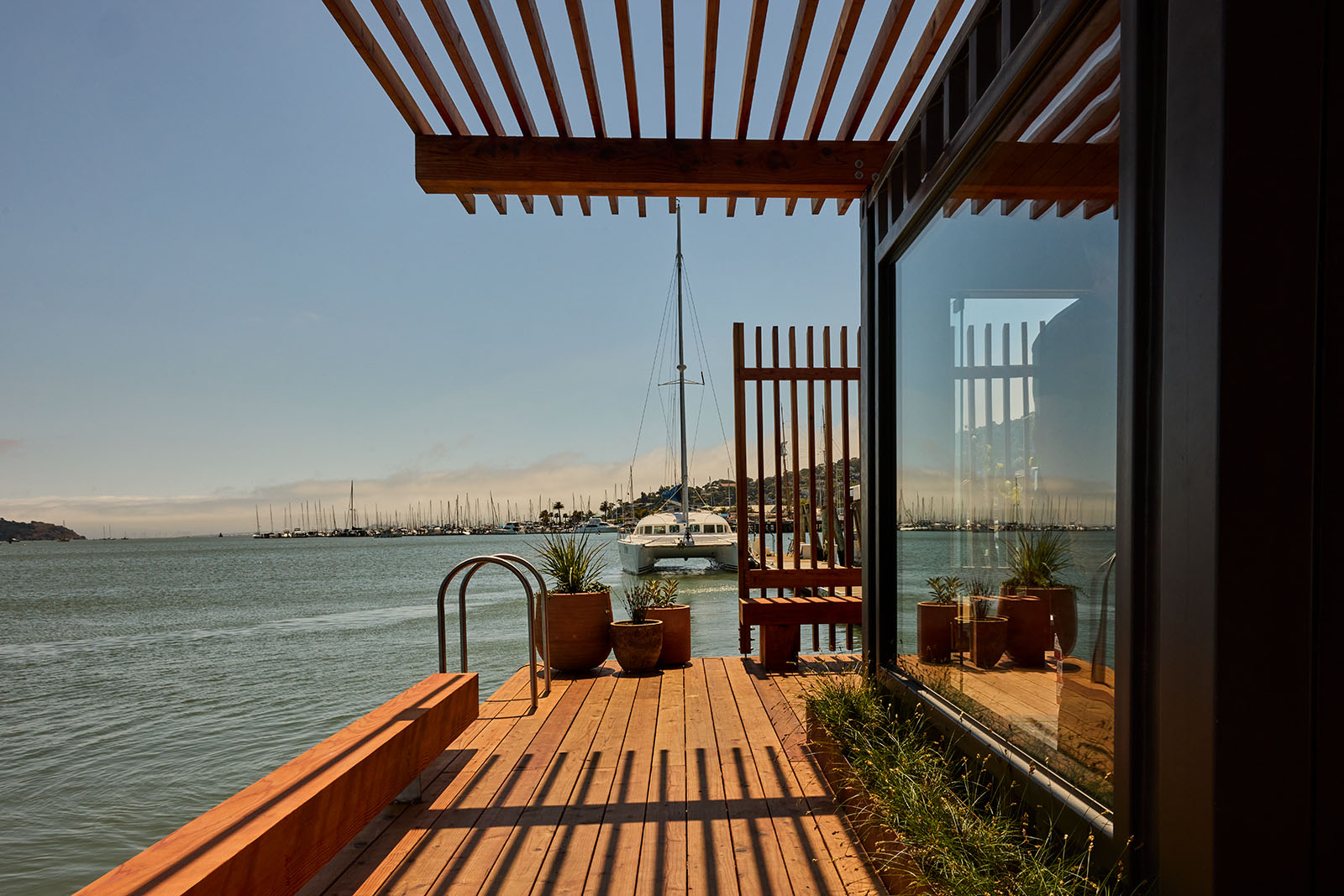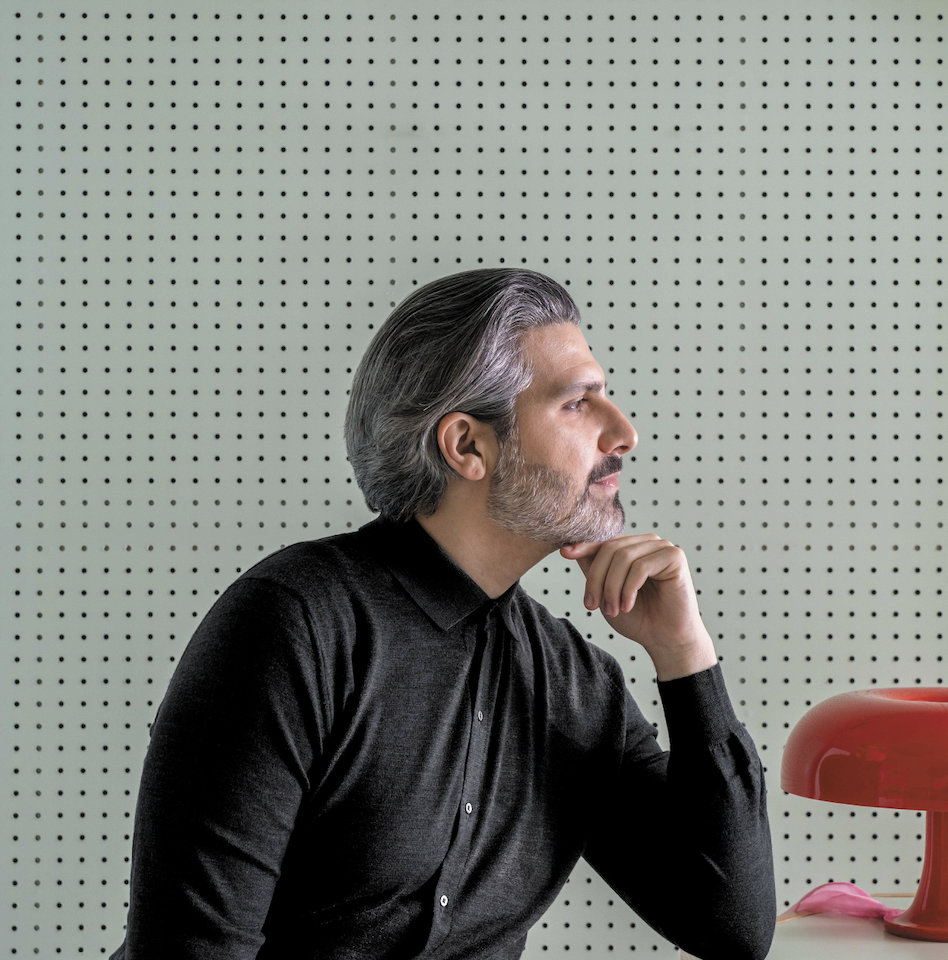Daughter of Design on the Future of Event Planning
Author:Lindsey ShookFounder of the globally renowned event planning and design company Daughter of Design, Annie Lee would normally be found on a yacht in the Mediterranean right now—producing a wedding—or in Asia designing a fabulous corporate event. However like the rest of us, she and her team are working remotely, attempting to save existing events and pivot their business for the unforeseen future. Raised in California by an interior designer, Lee has an ingrained passion for design which is reflected in her exquisite portfolio.
Like all hospitality industries, interior design and spatial planning will play a major role in the future of event planning. We asked Lee to share what solutions she is devising as a result of the pandemic and how the design community can help shape the future of events.
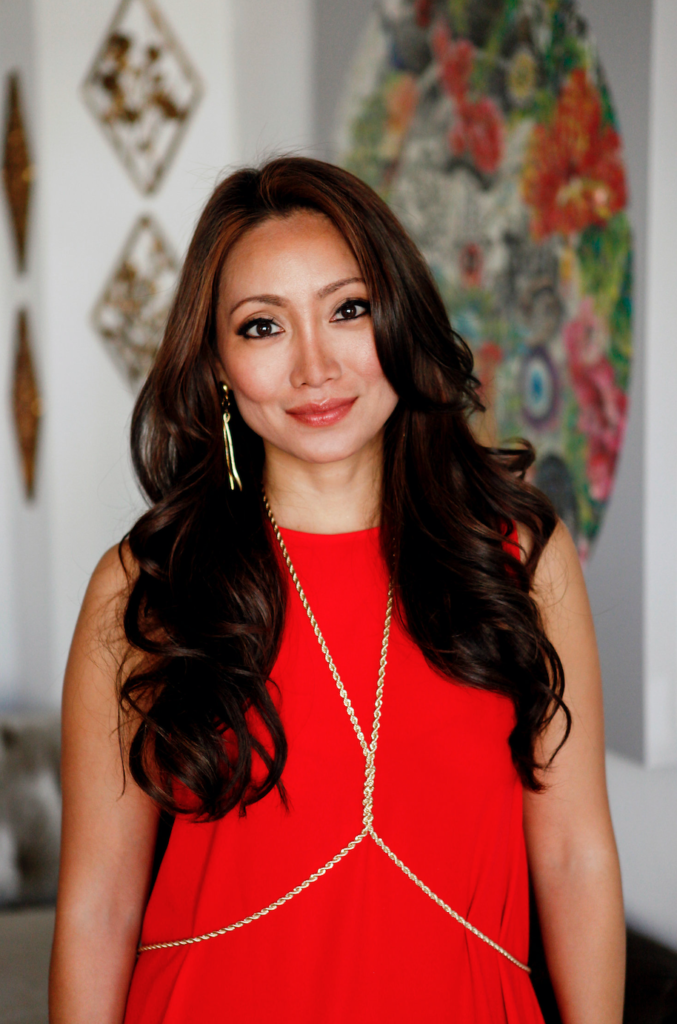
–Clearly the event and hospitality industries have been deeply affected by Covid-19. How is your business today? When your business is centered around gatherings and socializing, well, it definitely is at odds with the current conditions and Covid-19 regulations. All of our clients for 2020 have either postponed their events to 2021 or cancelled the event altogether. Our current revenue projections are pretty bleak at 6% of 2019’s. However, I’m hopeful that there might be some events we pick up at the end of the year to recuperate but for now to say business is bad is an understatement!
To put it into perspective just the weddings market is projected to lose $32 billion for 2020 according to The Wedding Report and that’s only for the U.S. market! From the few new inquiries we get, we can sense the hesitance from new clients we’ve spoken to about their 2021 events. Many are reluctant to take the first official steps and sign contracts with how uncertain things have been. Events are likely the last industry allowed to fully resume so many businesses are finding ways to pivot and survive, whether that’s marketing to smaller events or somehow repackaging their current services.
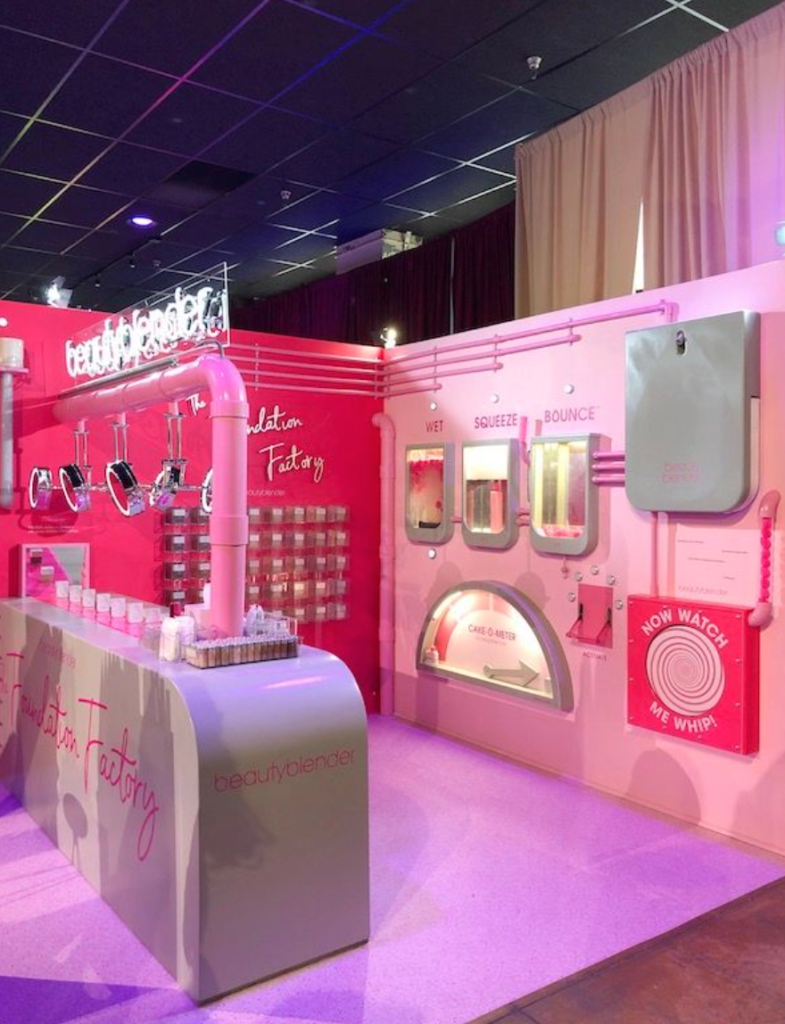
–As a result of the pandemic, you quickly utilized your social channels to communicate with other planners. What was your main goal with this initiative? Early on as I was calling my own clients to encourage them to postpone their event rather than cancel because as a business it’s better to have future revenue on the books, I realized that the event sector of the economy would collapse if businesses had to provide refunds to all of their clients. So I started with one post on Instagram about #PostponeDontCancel as a way to #SaveEvents. It went viral around the global event community. From then on there was a small initial movement of other best practices for event professionals to navigate Covid fallout such as allowing clients to transfer contracts. The motivation was to endure, encourage and to keep the industry united.
With #saveevents we also rallied our industry to give back with #eventssave. Everything from making masks, donating food to front liners, using airline points to secure hotel rooms for hospital workers who couldn’t commute home, and even walking their dogs—we’re an industry of helpful people who wanted to support those working hard to help us all get back to work too one day. Now as cities start to reopen, I saw the need to pivot from #SaveEvents to #SafeEvents. What’s critical now is to share information on safety procedures at events and create an industry protocol for implementing these. We’ve already seen in so many cities where a few bad apple restaurants and bars who violate a county’s order can lead to backstepping the entire restaurant industry’s reopening. I don’t want that for events. I want us to reopen and stay open.
–What do you think events of the future might look like? On the social side of events people are concerned about the health of elderly loved ones. And for corporate events the liability for hosting what could be a superspreader is brand suicide. From these concerns there are some definite trends that are already emerging. One is a shift to the smaller, more intimate events, many of them at home or virtual. Personally I’ve always turned to interior design for inspiration (probably because I’m the daughter of an interior designer, ergo Daughter of Design as a company name!) but now more than ever when the event decor trend is “upscale at home,” I see more people turning to their interior designers to spruce up the living room or landscapers to adding more perennials for their events. Even with Covid-19, the visual presentation of the event is still the utmost priority and clients are driven by design.
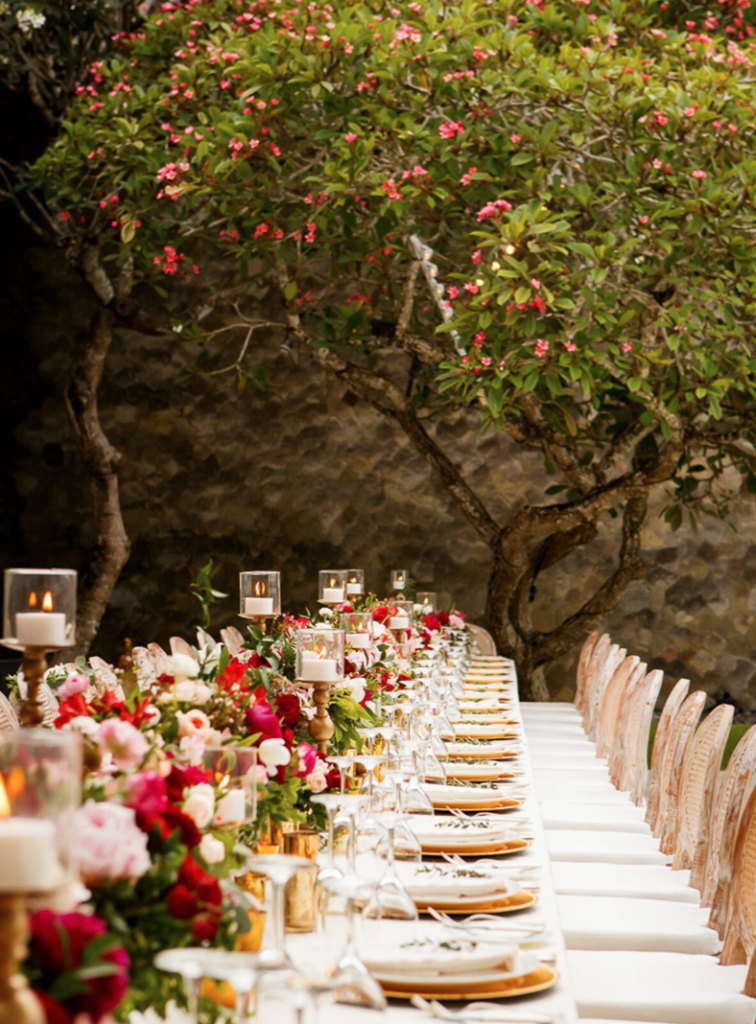
–As we all know, this virus is not going anywhere and therefore we will have to create solutions for the new normal. What tools are you developing for event planning and design? The new normal really has yet to be defined for events. Cities are reopening without clear rules for most business sectors and even more so for the event industry which is slated to be in the final phase of reopening in every region. It’s hard to stay on top of the latest regulations as they shift so frequently and there are unfounded rules like masks at events being at the host’s discretion that have somehow become common knowledge yet are totally inaccurate.
In response to current market needs we’re trying to grow Plannie, our new platform to hire an event planner by the hour, at a faster speed. With vetted local planners in cities around the world, Plannie is the answer to the small wedding or virtual launch events that might not need the traditional full-service packages. Plannie offers flexible and affordable planning options for clients and offers a source of income for planners to fill the gaps between events, or like now, when your whole year feels like a gap.
One major project that Plannie is spearheading is the Gathering Guide, a directory of local pandemic event guidelines crowdsourced from the top local event professionals in each region. We are aiming to solve the problem of a lack of clear communication and a trusted resource for current rules and regulation including travel restrictions. What people do with the information will be up to them but are hoping by widely distributing factual information that people will make smarter decisions for their healths and businesses.
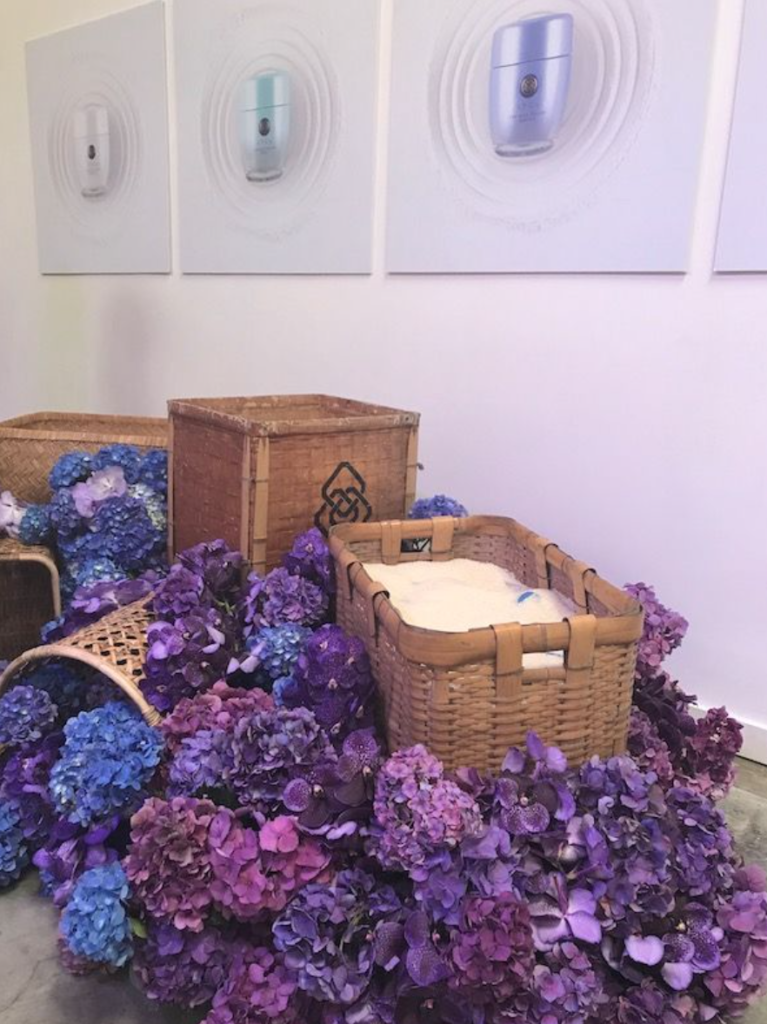
–How can the interior design industry support the event community during this time? So glad you asked! We’re looking for designers to create decor concepts that are safe AND pretty for people hosting events during this Covid-19 era. I’ve heard complaints from clients that they can’t find inspiration images that adhere to current health regulations like seating with 6 feet apart or utensils that are individually wrapped. In order to solve that problem—while of course subliminally sending a PSA on what the safety guidelines are—we’re challenging designers to post on social media their mock ups with the hashtag #SafeEventsChallenge. For designers, this is also a great way to get in front of not only clients who are actively searching for applicable ideas for 2020 events but also for restaurants, hotels, bars, and any other business affected by this new normal and looking for ways to adjust. Win-win-win, right?
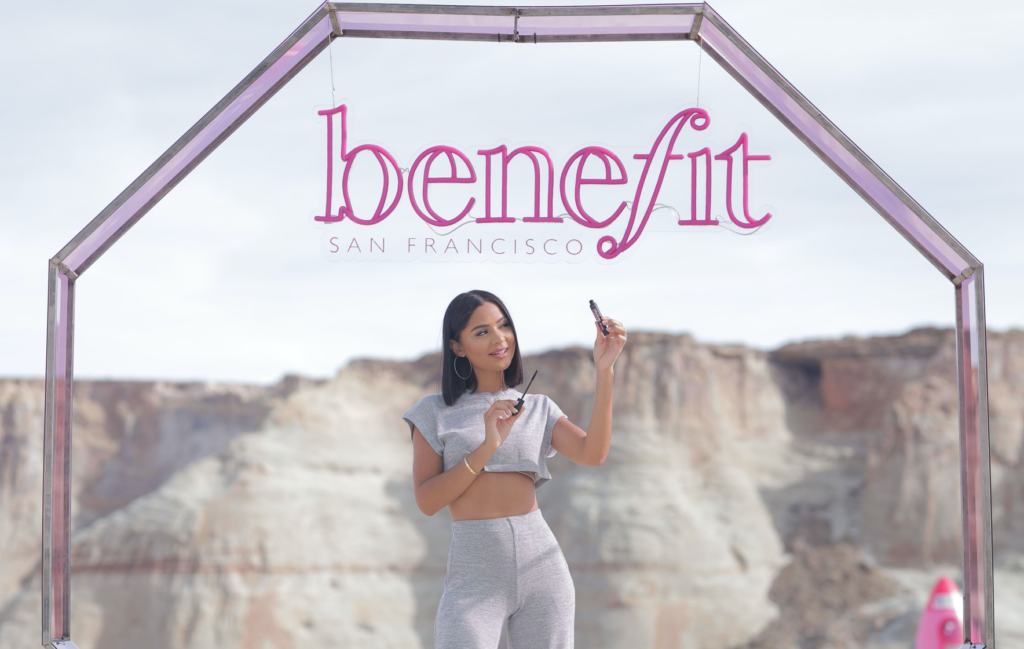
Designers and fellow event planners can submit their expertise and current key learnings to the Gathering Guide HERE.
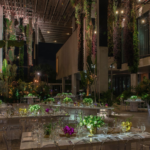

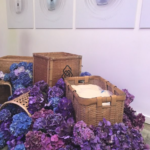
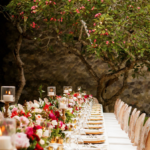
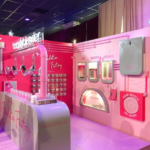

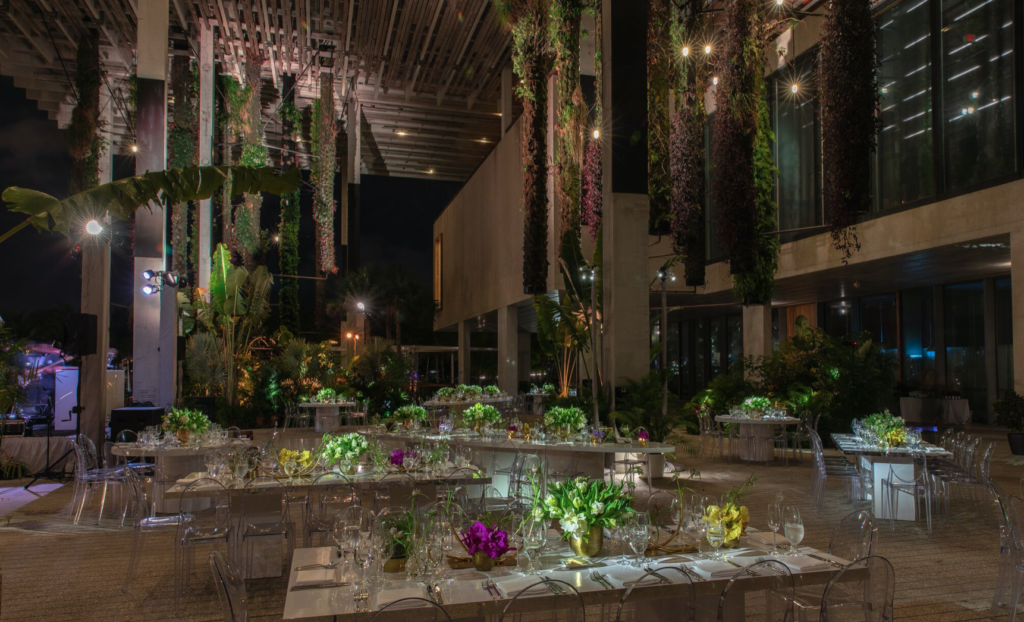 Photo by Jonathan Scott.
Photo by Jonathan Scott.